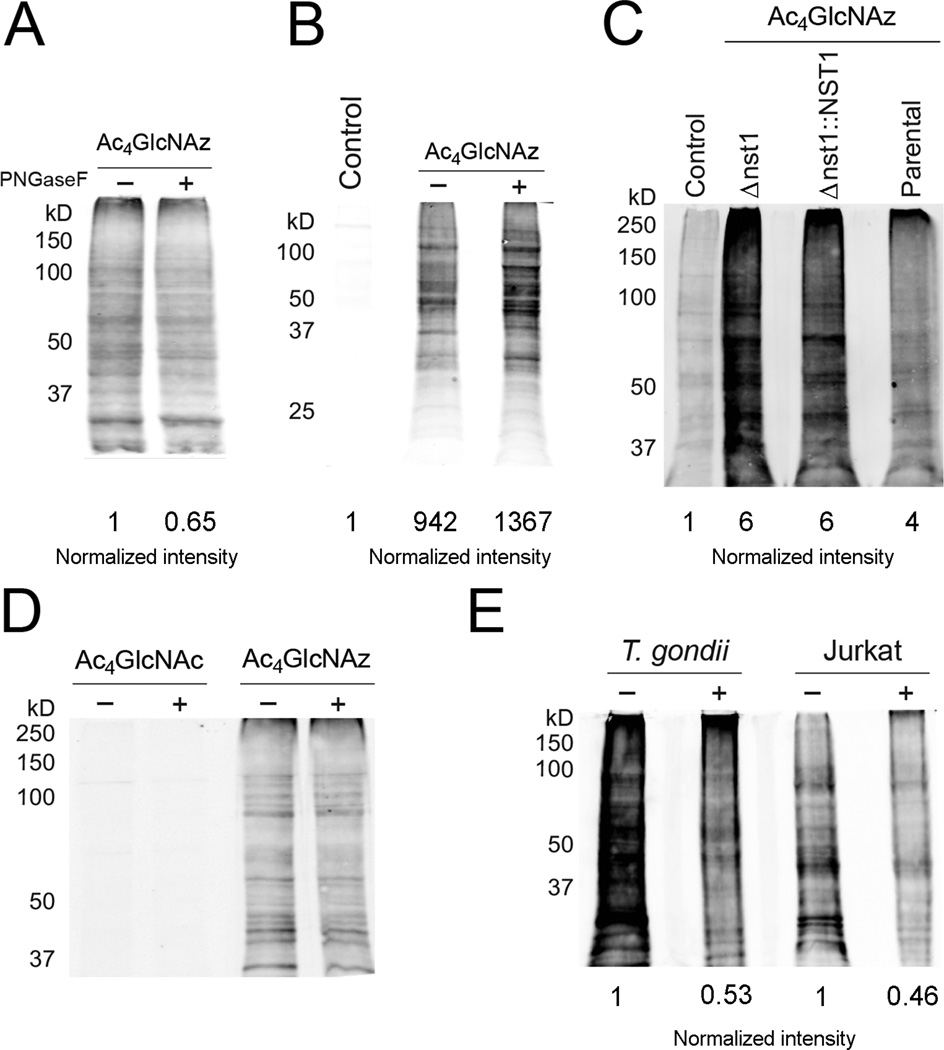Figure 3. Ac4GlcNAz appears to target some O-linked glycans in Toxoplasma tachyzoites.
(A) Parasites were incubated with Ac4GlcNAz (1 mM) or Ac4GlcNAc (1 mM), then lysed and treated with PNGase F. All samples were labeled with biotin-alk and analyzed via immunoblot as in Figure 1B. (B) Parasites were grown in tunicamycin-treated HFFs for 24 h, then harvested and incubated in Endo Buffer with Ac4GlcNAz (1 mM) or Ac4GlcNAc (1 mM) and additional tunicamycin. After 8 h, the parasites were lysed and protein samples were reacted and analyzed via immunoblot as in Figure 1B. (C) Parasites deficient in a UDP-GlcNAc nucleotide sugar transporter (Δnst1) were treated with Ac4GlcNAz (1 mM) or Ac4GlcNAc (1 mM) for 8 h, then lysed and analyzed as in Figure 1B. The complemented strain (Δnst1::NST1) and parental strain (Me49) were similarly processed and analyzed. (D) Parasites were incubated with Ac4GlcNAz (1 mM) or Ac4GlcNAc (1 mM), then lysed and treated with hexosaminidase-f. All samples were labeled with biotin-alk and analyzed via immunoblot as in Figure 1B. (E) Parasites were treated with Ac4GlcNAz (1 mM) or Ac4GlcNAc (1 mM) for 8 h, The samples were then lysed, and proteins were subjected to elimination, labeled with biotin-alk and analyzed as in Figure 1B. As a control, Jurkat cells were labeled with Ac4GlcNAz (0.1 mM) for 48 h, then lysed and subjected to the same conditions as parasite cell lysate.

